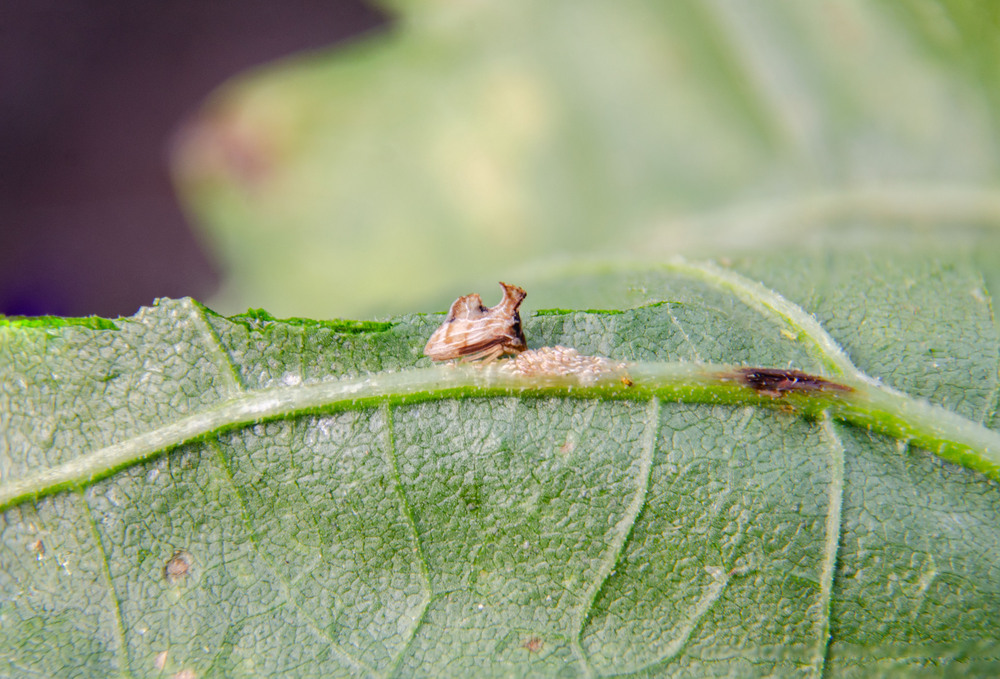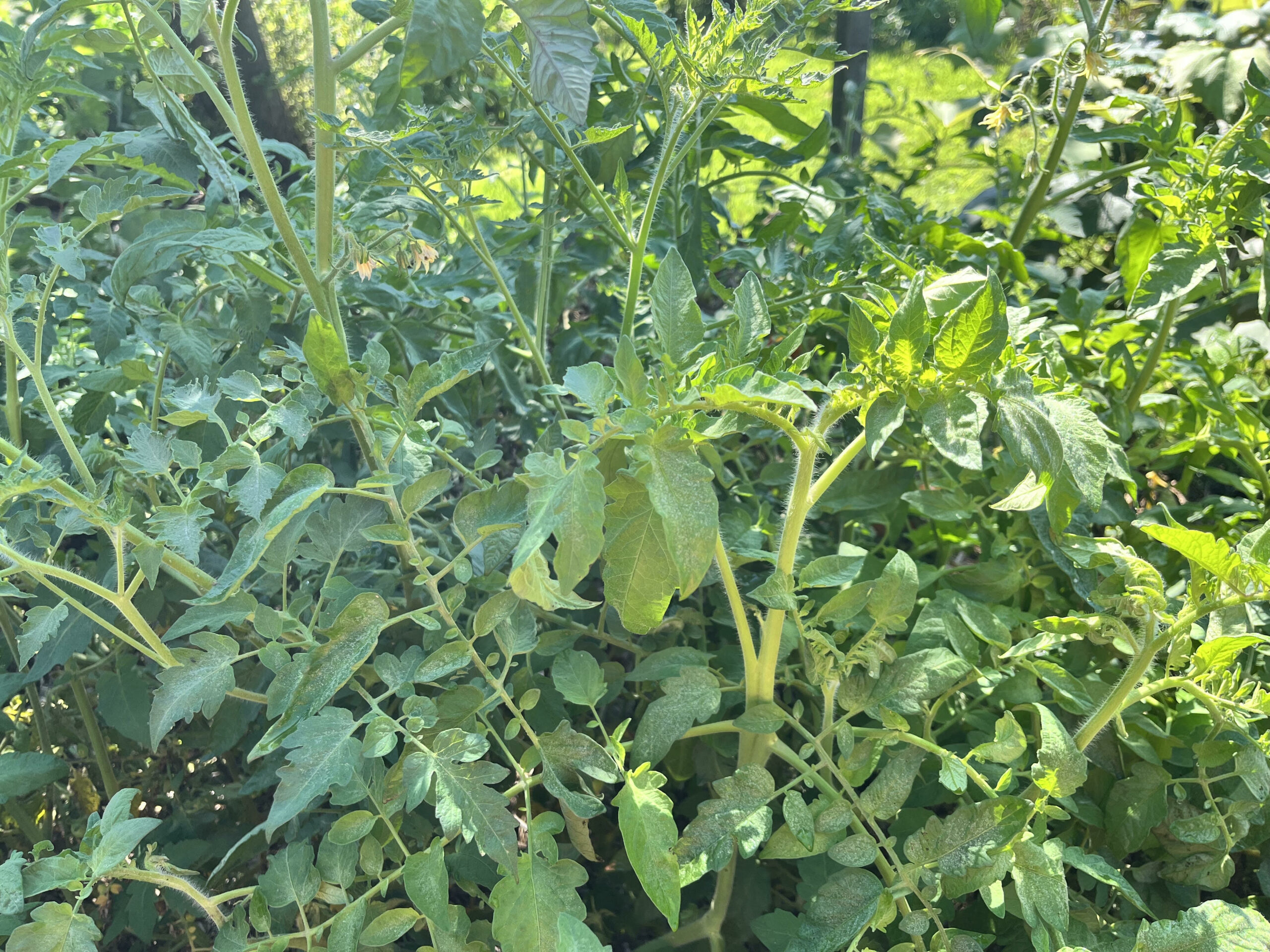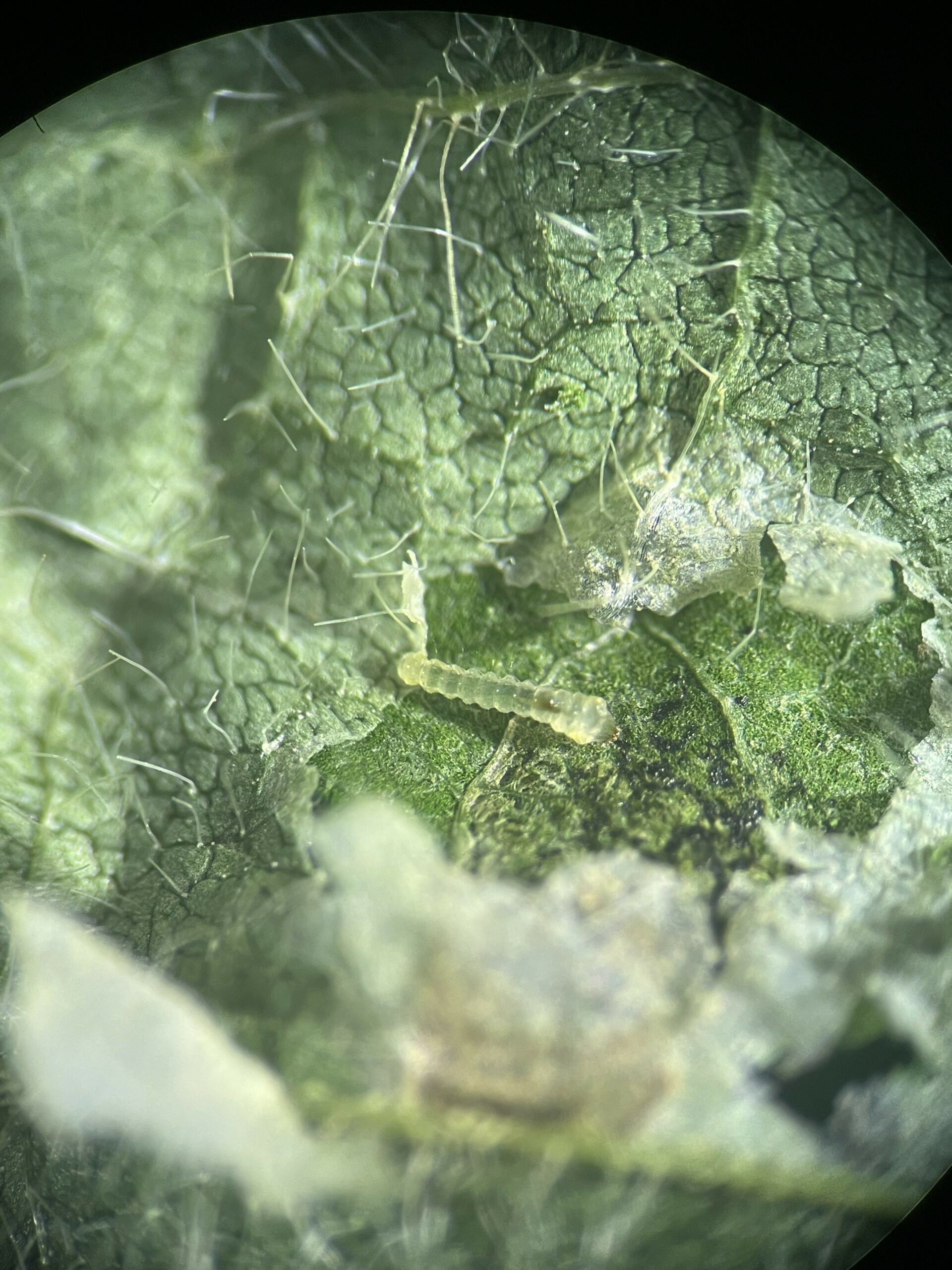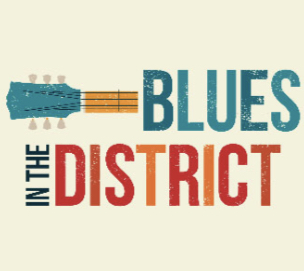Jacksonville, Illinois. You’re likely to see a wide range of insects if you take the time to examine a plant closely. Consider sunflowers: a wide variety of pollinators, including bees, wasps, beetles, butterflies, and flies, can be observed visiting the flowers. Aphids, beetles, and caterpillars are among the other insects that are observed consuming the plant. Additionally, you might see ants, which are likely to be visiting keeled treehoppers, an insect that is frequently disregarded.
Keeled treehoppers: what are they?
The family Membracidae, which includes keeled treehoppers, is a group of insects distinguished for their unusual, occasionally unearthly looks. Treehoppers feature huge, humped, or pointed pronotums (part of the thorax) that frequently resemble thorns.
Small, brown, and approximately an inch long, keeled treehoppers earn their name from the way their pronotums resemble saddle-shaped keels. They can be observed consuming a wide range of plants, although they appear to have a special preference for asters, cup plants, dahlias, ragweed, and sunflowers.
Ants and protective mothers
The midribs of leaves are where female keeled treehoppers will deposit their eggs. Keeled treehoppers will protect their egg masses, in contrast to the great majority of insects that lay eggs and then go. In addition to staying with and protecting the eggs after they hatch, the females will frequently stand over or close to the eggs to protect them from any predators. The social lives of termites, ants, certain bees, and wasps are more sophisticated than solitary insects, although this parental care is regarded as presocial behavior.
In addition to their moms, ants frequently offer protection to keeled leafhoppers. Treehoppers will consume sap from a plant’s phloem using their piercing-sucking mouthparts. (The sugary sap from the leaves is transported to the remainder of the plant by phloem.) Consider phloem as candy because it contains a lot of sugar but little in the way of other nutrients. In order to obtain the nutrients they require, phloem-feeding insects must eat a lot of it. This implies that they consume a lot of sugar that they don’t require and expel it as honeydew. Ants are drawn to this honeydew.
The relationship between ants and insects that produce honeydew is mutualistic. Using the honeydew as a food source, the ants will defend the insects—in our case, keeled treehoppers—from any predators.
How can treehoppers be eliminated?
Keeled treehoppers will produce several generations year after overwintering as adults and emerging in the early spring to start foraging and laying eggs. Although the females will occasionally injure leaves during the egg-laying process, the harm is typically not severe enough to require control. Similar to feeding damage, populations hardly ever reach a point where they seriously harm plants.
This week’s Good Growing Fact: Insects in the Auchenorrhyncha suborder, including keeled treehoppers, depend on symbiotic bacteria to obtain vital amino acids that are absent from the phloem they consume.












